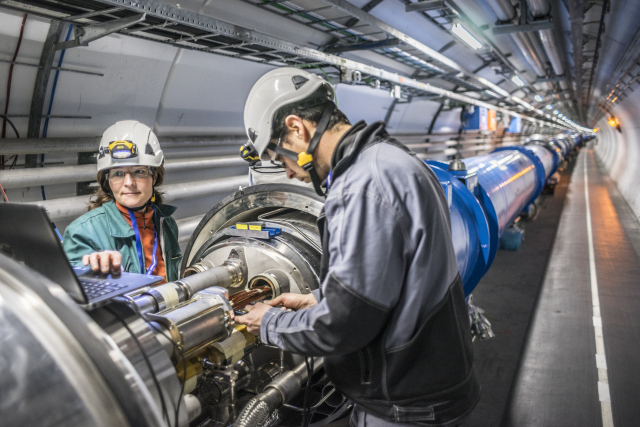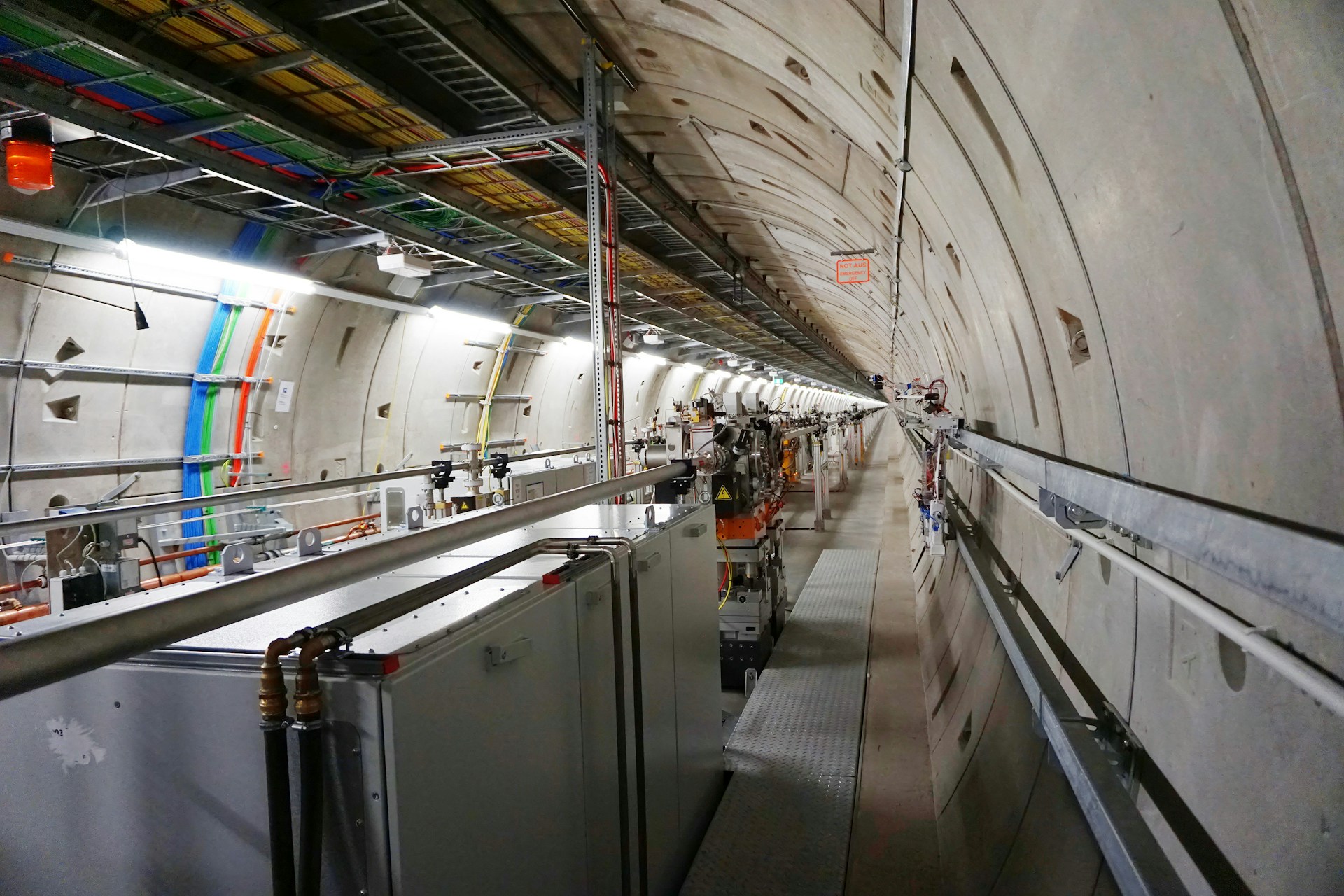As particle accelerators like CERN’s Large Hadron Collider (LHC) transition to the high-luminosity era, physicists are pushing the boundaries of both performance and sustainability.
At the forefront of this shift is CERN’s Efficient Particle Accelerators (EPA) project. This initiative, led by a multidisciplinary team of engineers and scientists, is tackling the challenge of boosting accelerator precision while cutting down on energy consumption. “We wanted a framework that could be applied to each machine in the accelerator complex,” said Alex Huschauer, engineer-in-charge at CERN’s Proton Synchrotron (PS). This approach encompasses a suite of innovations ranging from automated scheduling of beam collisions to AI-driven solutions for correcting accelerator magnet hysteresis.
Verena Kain, the EPA project leader, emphasized the importance of machine learning in solving these problems.
“We can’t model magnetic hysteresis analytically, but AI can learn from historical data and create a precise model,”
she explained, shedding light on how technology is streamlining processes that previously required painstaking manual adjustments. By deploying machine learning, CERN aims to minimise field errors in its magnets, ultimately stabilising the beam trajectories and improving overall energy efficiency.

Beyond CERN, other research institutions are also reevaluating the sustainability of their collider projects. A particularly exciting development comes from SLAC National Accelerator Laboratory with their Cool Copper Collider (C³). This design promises a 50% reduction in power needs, cutting energy consumption from around 150 megawatts to 77 megawatts.
“When discussing big science, it’s mandatory now to think not only in terms of financial costs but also environmental impact,”
said Caterina Vernieri, assistant professor at SLAC. The compact design of the C³, only 8 kilometres long, along with improvements in beam operation and cryogenics, shows how the next generation of particle colliders could and should prioritise sustainability from the ground up.
Energy efficiency, however, isn’t just about reducing electricity use. The materials used in construction also contribute to a collider’s carbon footprint. Vernieri pointed out that thoughtful choices, such as selecting low-emission building materials, can dramatically reduce environmental impact during the construction phase.
“As scientists, we hope to inspire through our discoveries, but also through our actions,”
said Emilio Nanni, co-author of SLAC’s sustainability strategy for future colliders.
This growing emphasis on sustainability in particle physics represents a shift in how construction within science and scientific thought is conducted. Once focused solely on scientific output, large-scale physics projects now take into account their environmental and societal impacts as heavily as the physics itself. CERN’s EPA project and SLAC’s C³ are leaders that will likely influence the entire field, proving that it’s possible to explore the universe while taking into account the environmental and societal impacts they pose.

Hassan graduated with a Master’s degree in Chemical Engineering from the University of Chester (UK). He currently works as a design engineering consultant for one of the largest engineering firms in the world along with being an associate member of the Institute of Chemical Engineers (IChemE).



